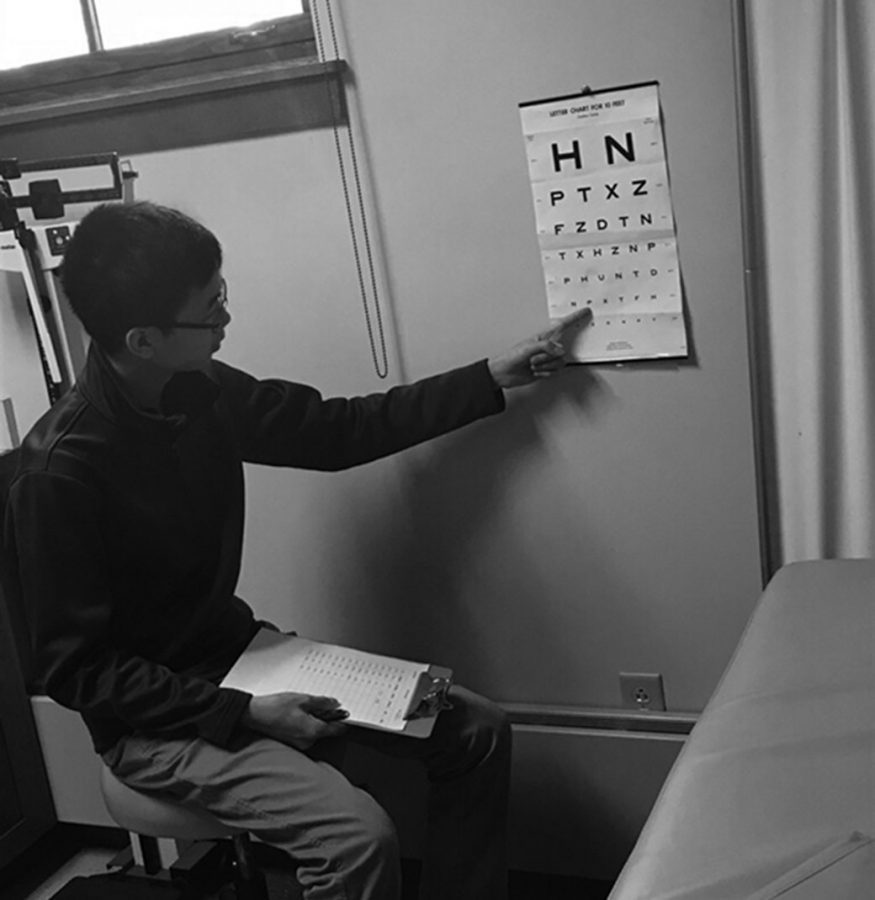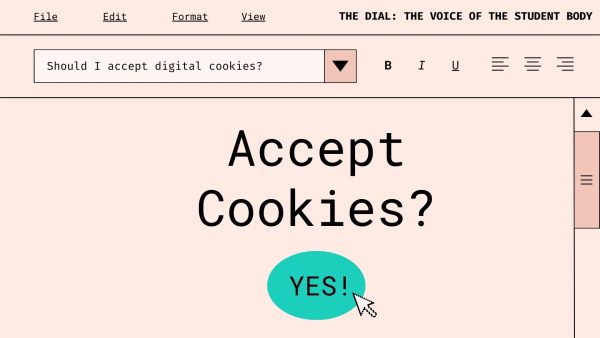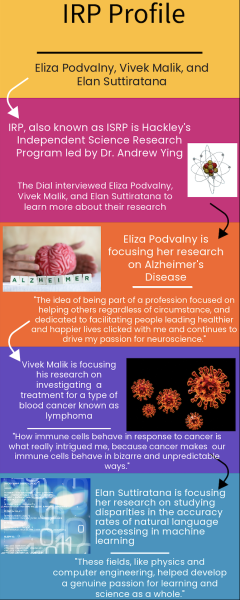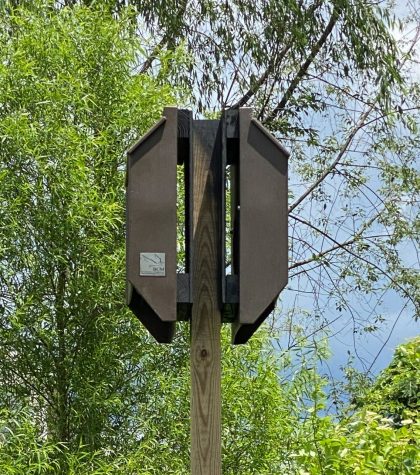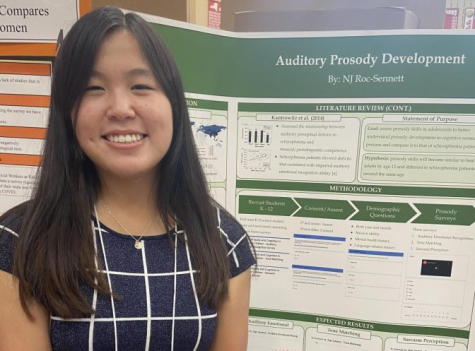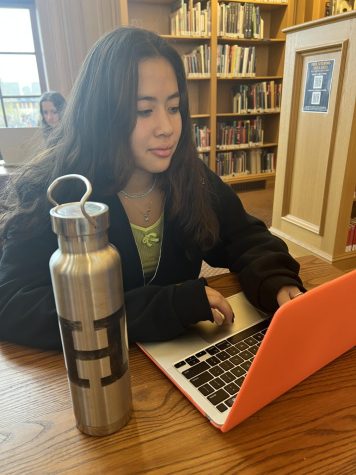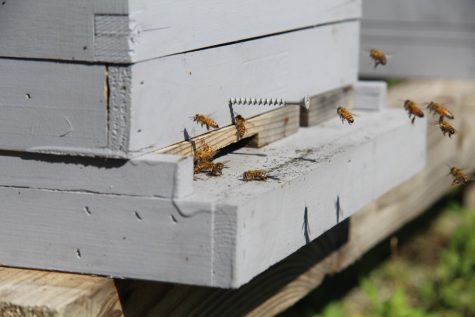Juniors Chris and David examine students’ vision
Hackley: Can You See ™
Credit: Chris Sun
David and Chris have surveyed students spanning all grades of Hackley School. They are currently working under the supervision of Dr. Pamela Gallin of Columbia University. They will also present the results of their scientific investigation at an ophthalmologic conference next Spring.
May 10, 2018
Juniors David Jiang and Chris Sun have spent the past months documenting each student at Hackley, one by one like an entomologist, across every grade from lower to upper school. As part of a research project under Dr. Pamela Gallin of the Columbia Department of Ophthalmology, they are conducting data collection, administering vision screenings using Snellen Charts, of which they then analyze the data with the help of Dr. Gallin.
David and Chris heard of Dr. Gallin’s research th3rough Physics Teacher Dr. Ying, learning that she had conducted a study in New York City public schools, in which she found that an astonishing percentage of middle school students were unable to see well enough. She suspected that there would be similar issues in private schools, and decided to investigate.
The process of data collection is not as easy as asking someone to read letters from a sign. David explained, “We draft all procedure documents, consent forms, and parent notification emails, and work extensively with Hackley administration to gain approval for our vision tests and set up testing schedules.” The duo work in between classes and before school, missing homeroom and spending their free time to work with the nurse to test lower school students, or interviewing middle school students on their daily experience with vision accuracy. While Middle and Lower school tests could be done relatively efficiently through dedicated times of day for testing, the Upper school proved most difficult. The irregular schedule between students were among logistical difficulties, but through extensive coordination with administrators and teachers such as Mr. King, Ms. Jean, Ms. Burns, Mr. Wirtz, and Mr. Arnold to name a few, they managed to coordinate their own availability with student testing.
David and Chris follow up a student’s test with questions about ability to see clearly on a regular basis, use of glasses, and glasses prescriptions.
Through these questions, they hope to “determine what percentage of students think they can see well but actually can’t, the percentage of students who know they can’t see well, the percentage of students who have glasses but don’t wear them, and so on…to determine whether the issue of vision health is a matter of students not knowing they can’t see well or knowing they can’t see well and simply not doing anything about it.”
With already more than 650 conducted tests, David and Chris have already begun to analyze the data for patterns and trends with Dr. Gallin, and the program has expanded to other private schools. Their eventual goal is to have enough data by the summer to begin writing an abstract or manuscript, which they would then submit to an ophthalmologic conference or journal by year’s end, dipping their feet into the world of scientific academia.

